Nampo Myeonok (남포면옥)
4.9Km 2021-03-26
24, Eulji-ro 3-gil, Jung-gu, Seoul
+82-2-777-3131
It has been 40 years since this restaurant opened its doors under the name Nampo Myeonok (남포면옥) and became one of the traditional restaurants as designated by the Seoul City Government. Thin strips of beef and vegetables, cold noodles, and dumpling soup in Pyeongan-do style with little white radish kimchi are said to be the best dishes of Nampo Myeonok. As old as this restaurant is, the taste of the food is very rich and keeps a steady stream of satisfied customers.
*Best Korean Restaurant as designated by The Seoul Metropolitan Government
Jangsu Galbi (장수갈비)
4.9Km 2021-03-26
54-1, Myeongdong 2-gil, Jung-gu, Seoul
+82-2-775-9292
It has been around since 1968. This restaurant's signature menu is grilled ribs. This Korean dishes restaurant is located in Jung-gu, Seoul.
Yeongyang Center (영양센타)
4.9Km 2021-03-29
52, Myeongdong 2-gil, Jung-gu, Seoul
+82-2-776-2015
This is a restaurant in Myeong-dong where you can eat old-fashioned whole chicken. This Korean dishes restaurant is located in Jung-gu, Seoul. The most famous menu is fried chicken.
Noon Square (눈스퀘어)
4.9Km 2024-01-25
Myeongdong-gil 14, Jung-gu, Seúl.
Dakgopsae (닭곱새)
4.9Km 2021-03-19
7, Jong-ro 5gil, Jongno-gu, Seoul
+82-2-6226-8220
This Korean cuisine is located near Jonggak Station, Seoul. The representative menu is chicken, beef small intestine and shrimp hot pot. A restaurant where chicken, intestine, and shrimp are fried and served with spicy sauce.
Chamsut Hwangto Hwaro Madang - Singil Branch(참숯황토화로마당 신길)
4.9Km 2021-04-19
8, Dosin-ro, 68-gil, Yeongdeungpo-gu, Seoul
+82-2-833-1388
It is a charcoal-grilled meat specialty store that has been around since 1995. This restaurant's signature menu is grilled boneless beef ribs. This Korean dishes restaurant is located in Yeongdeungpo-gu, Seoul.
Centro Conmemorativo de la Guerra (전쟁기념관)
4.9Km 2025-06-20
Itaewon-ro 29, Yongsan-gu, Seúl.
El lugar donde se construyó el Centro Conmemorativo de la Guerra era el cuartel de la Infantería Nacional. Para la construcción de este centro se consultaron a diferentes expertos de variados campos y se realizaron exhaustivas investigaciones para completar las exposiciones. Este centro conmemorativo es el establecimiento más grande del mundo dedicado al tema de la guerra. Aquí puede visitar las 8 exposiciones: la de Hongukchumo, la de la historia de las guerras, la de la Guerra de Corea, la de la expedición de soldados al extranjero, la del desarrollo militar, la de los grandes aviones y la que se realiza al aire libre. La exposición Hogukchumo fue fundada en honor a los espíritus de los heridos durante la batalla.
También se exponen diferentes tipos de armas y grandes equipamentos militares dentro y fuera del edificio. En la exposición dentro del edificio se exponen armas y avíos utilizados durante la Guerra de Corea y los utilizados en los diferentes países durante la II Guerra Mundial y la Guerra de Vietnam para que puedan ser comparados. En la exposición del segundo piso, se pueden ver muchos tipos de materiales de defensa tanto reales como muestras. En la exposición de armas Bangsan puede encontrar armas y equipamento de guerra producidos en Corea. En la sala de almacenamiento del centro conmemorativo se preservan 17.800 columnas y artefactos de guerra. Se instalaron modernos dispositivos de preservación y control de daños para mantener estos materiales intactos. Además, puede visitar la exposición miniatura o el Pabellón de la Paz. Hay un sitio de conferencias donde se dan clases con temas de la guerra. Si hay algún libro que desee leer sobre guerras, puede dirigirse a la librería de este centro, donde también encontrará folletos y libros militares y suvenires. Los restaurantes de comida rápida y tiendas se encuentran fuera del edificio.
Mugyodong Geujip (무교동그집)
4.9Km 2021-03-18
8, Namdaemun-ro 9-gil, Jung-gu, Seoul
+82-2-319-0075
This Korean cuisine is located near Euljiro 1(il)ga Station, Seoul. The representative menu is assorted savory pancakes. A great store to visit on a rainy day.
Thai GARDEN (타이가든)
4.9Km 2021-03-18
14, Myeongdong-gil, Jung-gu, Seoul
+82-2-754-3005
This is a Asian restaurant located in Myeong-dong, Seoul. A restaurant where the food is directly prepared and cooked by Thai chefs. The representative menu is pad Thai.
The Masyalla (더마샬라)
4.9Km 2021-03-24
14, Myeongdong-gil, Jung-gu, Seoul
+82-2-754-8939
Located near Myeongdong, this Indian restaurant is famous among office workers. This Indian (cuisine) restaurant is located in Jung-gu, Seoul. The representative menu is chicken curry.

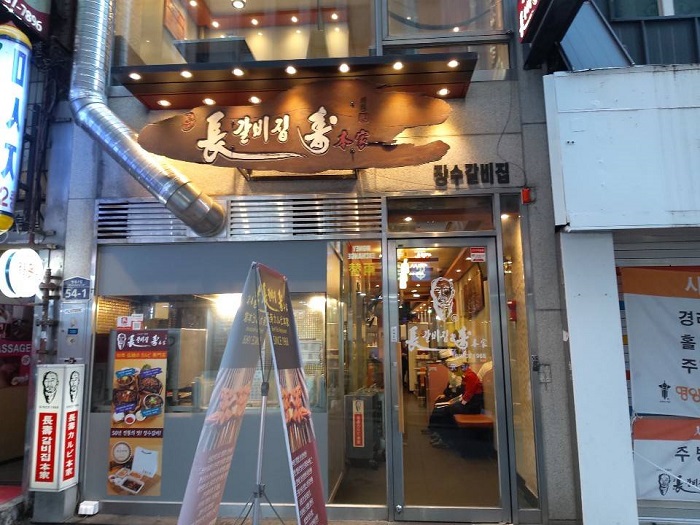
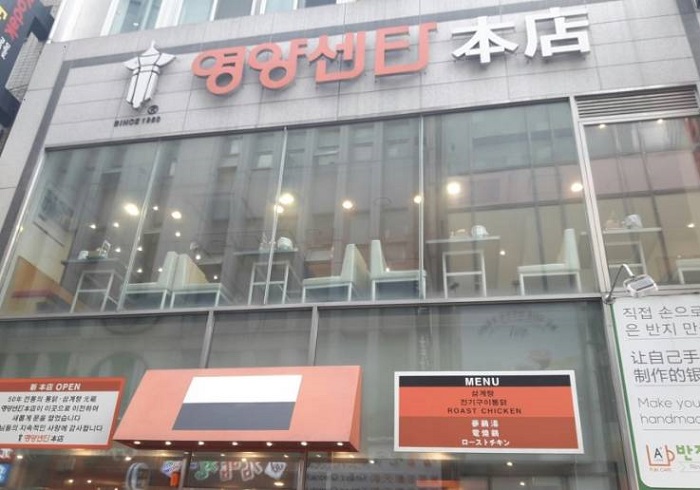
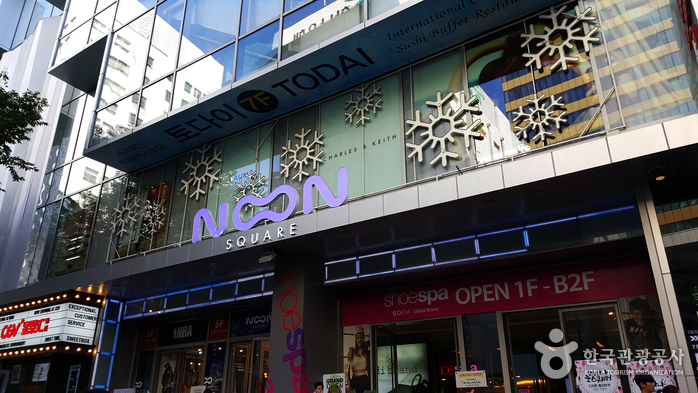
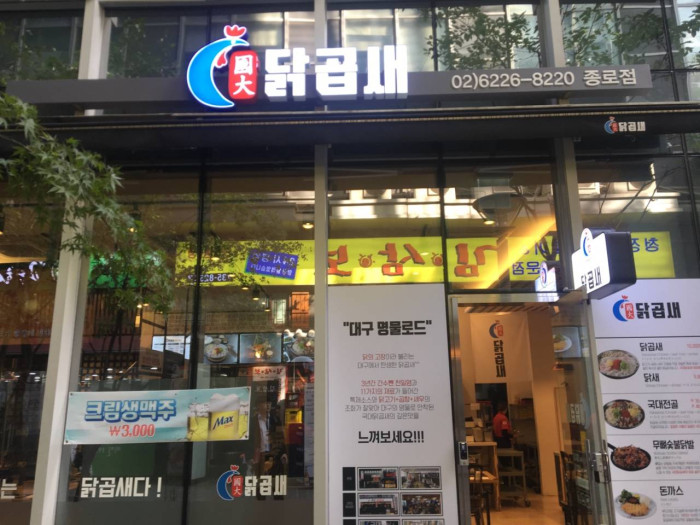
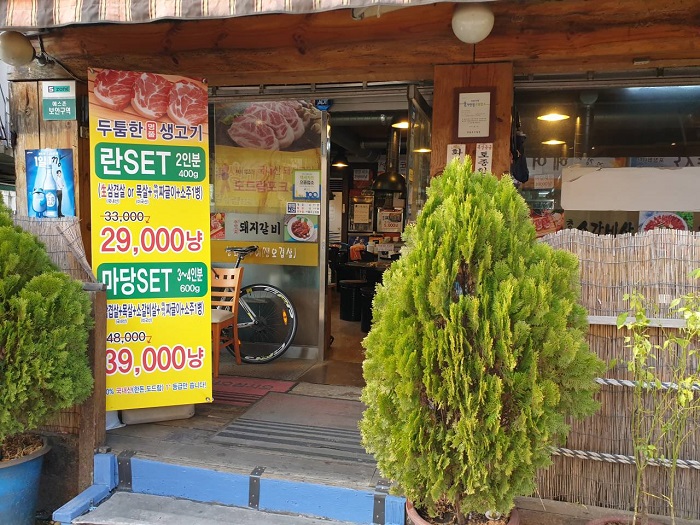
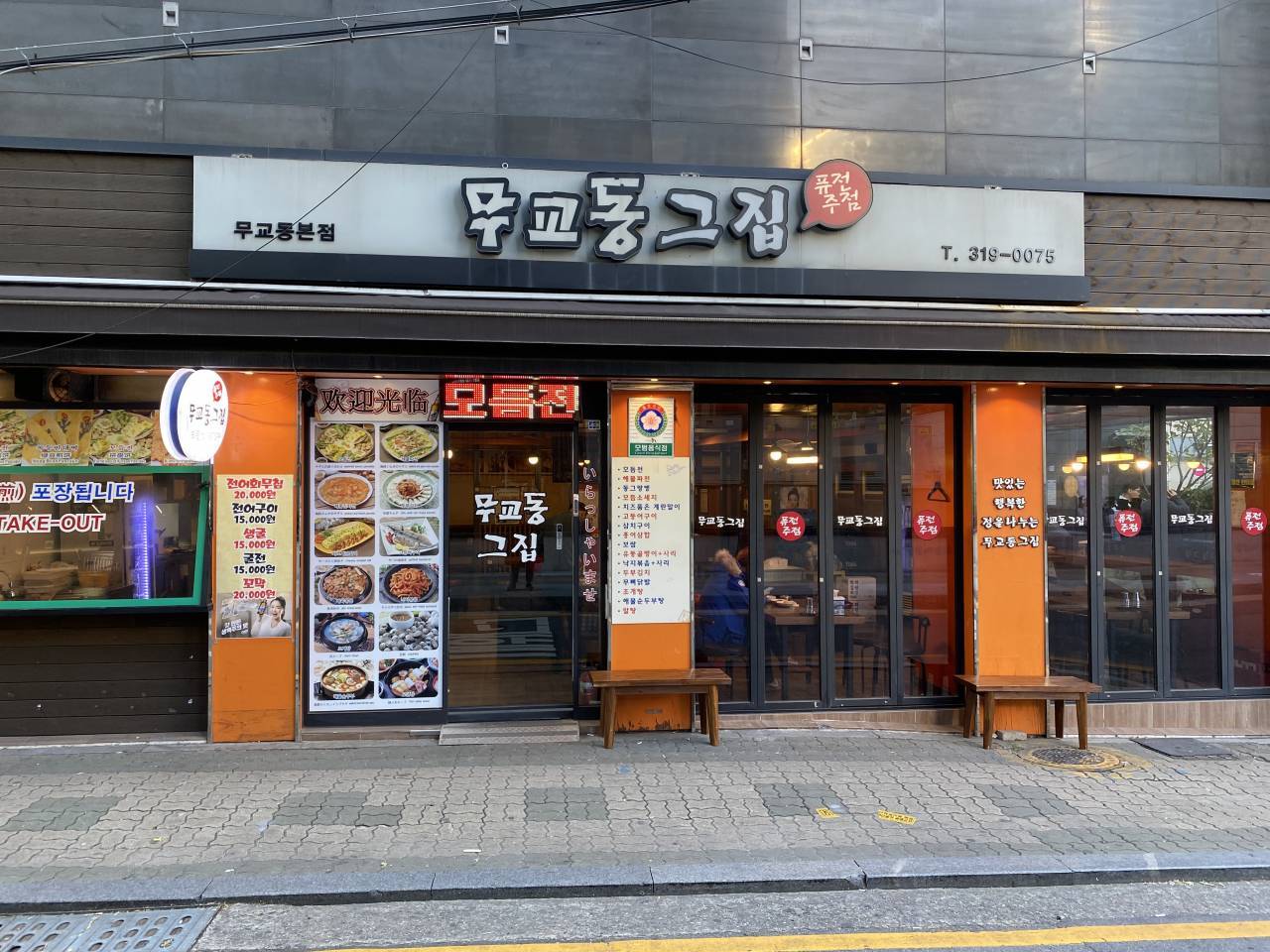

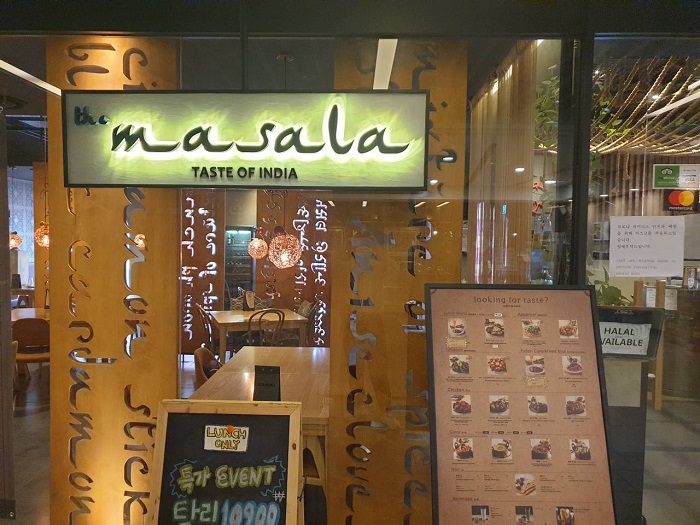
 Español
Español
 한국어
한국어 English
English 日本語
日本語 中文(简体)
中文(简体) Deutsch
Deutsch Français
Français Русский
Русский